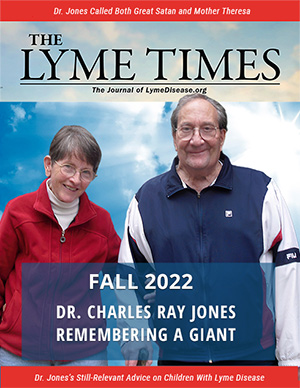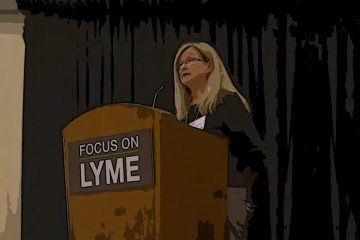- Home
- Find A Physician
- FIND A PHYSICIAN
- LymeTimes
- Current Issue
- Archives
- FEATURED LYMEDISEASE.ORG ISSUES
- Resources
- LYME LITERATE PHYSICIAN VIDEOS
- Physicians
- Members
- About Us
- Resources
Minnesota’s state medical board recently lifted a moratorium on prosecuting physicians for treating Lyme outside of the strict guidelines of the Infectious Diseases Society of America. Now, doctors who prescribe long-term antibiotics for Lyme disease risk losing their licenses. Journalist and author Mary Beth Pfeiffer puts the issue in context.
F or a generation, treatment of Lyme disease has relied on three pillars with well-established flaws: a diagnostic rash that many patients never see or may not get; a test that is falsely negative in roughly half of early cases; and antibiotics that leave 10–20 percent of patients suffering many months later.

The upshot: In 2017 alone, 40,000 to 80,000 people treated for Lyme disease — with the recommended antibiotics — remained ill. Some 15,000 will still be symptomatic 15 years from now.
Now consider that these failure rates come from studies of patients treated early in the disease, who have the highest potential to recover. Then, double them for the significant share of patients who are diagnosed late.
When the Minnesota Board of Medical Practice decided recently to reconsider sanctions on doctors who use longer-term antibiotics for Lyme disease, it removed a key tool in a sparse toolbox for suffering patients. Moreover, the physician licensing board effectively ruled out longer care based on questionable evidence.
Dogmatic Approach to Lyme Care
A dogmatic approach governs Lyme disease care, holding that a single course of a frontline antibiotic — usually for 10–28 days — almost always kills the infection.
But this model has been widely challenged by studies of infected monkeys, dogs, and mice where live Lyme bacteria are found in organs and tissue long after treatment. Of critical importance, these findings involved euthanasia and pathology studies. When treating humans, doctors must rely on tests that cannot distinguish active from past infection, a reality that has haunted this disease……Join or login below to continue reading.
You must be a LymeDisease.org member to access this content.




























